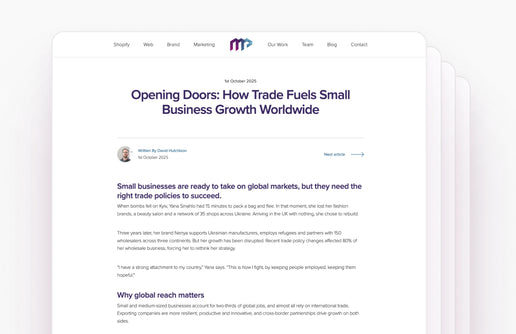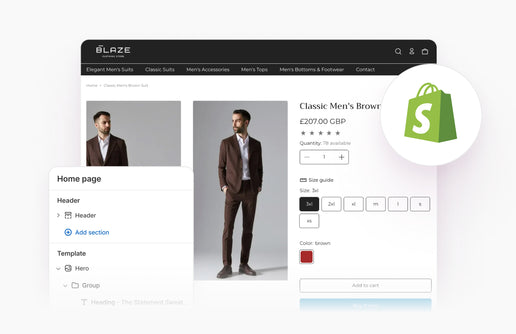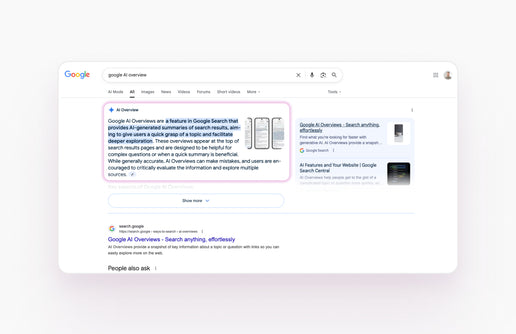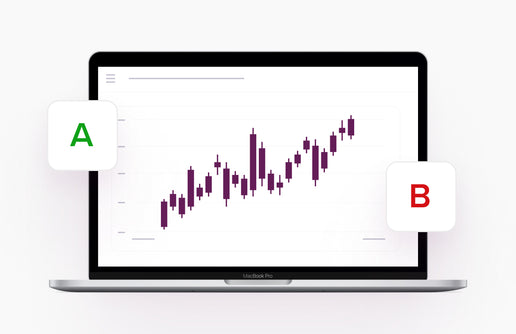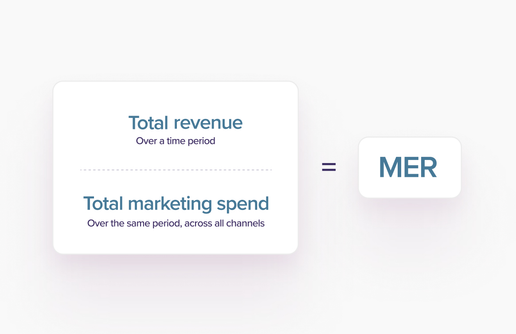There’s a reason so many brands use Meta Ads as part of their digital marketing strategy.
Almost everyone you know is on social media. In fact, analysis by Kepios in late 2023 revealed that there are “4.95 billion active social media identities”¹ in the world, with a whopping 3 billion people using Facebook every month². That’s potentially a huge reservoir of prospective customers you just haven’t met yet. From raising brand awareness to building trust, the benefits of advertising your small business on Facebook goes way beyond just sales (though sales are always appreciated). Read on to find out how you can transform your small business with Meta Ads.
Contents
→ Understanding Meta Ads
→ The Benefits of Advertising on Meta
→ Raise Brand Awareness
→ Find Your Perfect Customer
→ Build Trust & Authority
→ Affordable & Scaleable
→ Exceptions
→ How Can Mucky Puddle Help You?

Understanding Meta Ads
Colloquially and formerly known as Facebook Ads, Meta Ads is an invaluable digital marketing tool for many companies (especially small businesses) to advertise their product or service across Facebook, Messenger, Instagram, WhatsApp and Audience Network. Ads integrate into the user's experience, be that in their feed, stories or inbox. Where Google Ads serve by what you search, Facebook Ads serve by how you behave.
The Benefits of Advertising on Meta
Raise Brand Awareness
One of the challenges of running a small business is getting the word out and finding your customers - or being visible enough that your customers can find you. While advertising on Facebook can and does generate sales, shopping isn’t our first goal as users (like it often is on Google), instead using social media to keep up with friends or kill time. When we come across ads on our own accounts, they blend in amongst the feed, becoming part of the scenery and wider experience. If your ad appeals to a user - they’re attracted by the language, the excellent product photography, the product itself - they’ll check out your profile, your website, and if we’re lucky, buy something. The next time they come across your brand, it will feel more familiar, and in turn be more appealing still. Soon enough, you’ll have a new customer - one who might tell a friend, or post about their purchase online. Considering how many of us are using social media, Meta owning so many of those platforms, the potential reach is staggering.
Find Your Perfect Customer
So your ads are raising brand awareness, but how exactly do they end up in front of the right person? That’s where audience targeting comes in, and with Facebook Ads you have a wealth of options available. The three main audience signalling types are:
- Interests and demographics
- Your current customer database
- Advantage+ Audience, aka Meta’s AI
1. Interests and Demographics
Using interest and demographic based audience targeting is great if there’s a natural link between your audience’s characteristics and your product: if you’re advertising running shoes, you might target people interested in running. When setting up your Meta Ads audience using interests and demographics you can go hyper specific (interested in the 1993 film Hocus Pocus) or much more general (lives in Glasgow) depending on what the campaign calls for. However, it is easy to get too granular for the sake of it, at which point you risk making your audience much too narrow for Facebook to easily serve your ad, and you’ll potentially see a big bill for limited results. Interests and demographics are a great starting point, and for best results we recommend fusing with Advantage+ - more later.
2. Your Current Customer Database
Importing a database of your current customers teaches Facebook what your typical customer looks like, which is a great learning strategy to get your ads in front of the right people. You could import a list of customers who have bought from you in the last 90 days, specifically bought last Christmas, or even use your email subscriber list.
From there, you can decide if you want to target your current customers - for example in a winback campaign, or a cart recovery campaign - or you want to create a Lookalike Audience. In the latter case, Facebook can assess the typical characteristics of your audience and use that to search for new users who are likely to respond well to your business. Rest assured, any personally identifying information is scrambled prior to import, so your customers’ privacy is safe.
3. Advantage+ Audience
As Meta’s AI gets smarter and more refined, results from Advantage+ Audience campaigns continue to impress, and it’s as simple as toggling a switch to set up. Either sit back and let Facebook have full control, or you can give Facebook clues on where to start, either by uploading a customer list or establishing interests and demographics you want to target first. In many cases a combination of all three audiences is the optimal approach.
Build Trust & Authority
At the same time as raising brand awareness and growing your audience, you also want to reassure customers that you’re the real deal. Your ads are connected to your Meta business social media profiles, and a quick click on your profile picture can reassure–or deter–your new customer if your social media doesn’t demonstrate the right trust signals.
Factors such as having a reasonable like/follower count, regularly maintained organic social posts, customer engagement, positive reviews and even user-generated content (UGC) communicate that your business is real and trustworthy, vitally important if you’re asking people to part money for your products or services.
Even if the user doesn’t click into your profile from an ad, creative features such as info labels can communicate key points such as when your profile was created, your typical response time on Messenger, or how many followers you have - all reassuring your new customer that you are a trustworthy business.
For this reason you should ensure your social media presence is established before you start promoting paid content - an ad from a brand new or barely updated social media account is a huge red flag.
Building trust on social media has ripple effect benefits for visitors coming directly to your online store, or finding you from a Google Ad, so it is well worth investing in your socials (paid or organic).
Affordable & Scaleable
Often the biggest challenge for small business marketing is a limited budget. You’ll be relieved to know that Meta Ads have the capacity to be highly successful without necessarily breaking the bank. Budget setting is part of your campaign set up, and means you’ll never pay more than the specified daily budget*7 per week. While bigger budgets tend to produce more results, and expedite the tricky early learning phase of a new ad campaign, it’s not always essential for good performance. At Mucky Puddle we monitor myriad social ad campaigns, some starting at just £3/day - less than a cup of coffee. And when more financial resources become available, or you’re about to hit your business’s peak season, it’s easy to adjust your budgets accordingly.
Exceptions
It must be noted that not every business will benefit from social ads, often owing to lack of creative or visual resources, non-active organic social presence, or simply the target audience doesn’t reside on social media. At Mucky Puddle, we value honesty and transparency and will never recommend Meta Ads if it’s not right for your business.
How Can Mucky Puddle Help You?
Mucky Puddle is a Glasgow based digital marketing agency with clients located across Scotland and beyond, many of whom are small businesses that have integrated social ads into their digital marketing toolkit. If you’re convinced that it’s time to start advertising your small business on Meta Ads but don’t know where to start (or even where you’ll find the time!), get in touch today.


